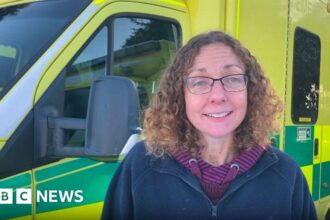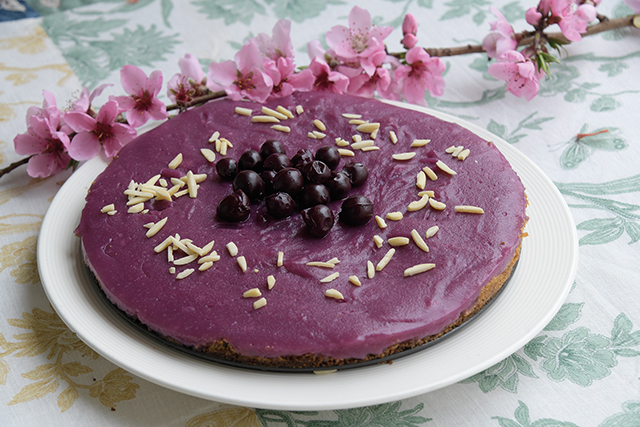I began a journey when, for medical reasons and to help me lose weight, I was advised to try gluten-free and lactose free options. There are gluten-free and lactose-free options all over the globe, but I wondered if they were available in Georgia. Helena Bedwell is a veteran journalist, and a genius in the kitchen.
“I started experimenting in my own kitchen, trying adapt the wonderful Georgian food to be lactose and gluten-free,” she says. “I’m no professional chef. I have never attended a cooking school or owned a restaurant. I have taught cooking classes. But my knowledge is based on the fact that I’m Georgian, and I grew up watching mum, dad and aunts, uncles, and grandparents cook, present, and set tables all year to celebrate the seasons, events, or simply anyone who came through the door!”
She says that Georgian cuisine is hearty and can be both simple and sophisticated.
“At the Georgian table, you can celebrate a birth, a marriage, a death, a christening or just a simple guest dropping by for no reason at all.” Georgian cuisine is a universal cuisine, and my books are family-friendly and simple to follow.
Helena Bedwell has written three books, the third being ‘Gluten Free and Lactose-Free Recipes From Helena’. The other two are ‘Eat Georgian Feel Good: Vegan Recipes and Vegetarian Recipes From Helena’ and “Georgian Flavors from Helena.”
We spoke with her to learn more about her new cookbook and the challenges that she faced in making Georgian cuisine lactose and gluten-free.
What challenges did you encounter when adapting Georgian dishes? Did you use local ingredients?
The price of the ingredients, and the lack of knowledge about these diets among owners and shop assistants were the biggest challenges. Many shops don’t even know what products they are selling. But many Georgians also don’t know that they have lactose or gluten intolerance!
What do you like best/least about Georgian food?
I love the rustic, homely and delicious feel of it. It’s almost like your grandma or mom made it for you, and you are waiting in the kitchen for your food to heat up or cook. It’s so simple, yet so clever. I also love the tradition of serving a variety of dishes at different events, such as weddings, funerals and simple gatherings. I also love that vegetarian or vegan meals can be so filling, you won’t miss meat. You can dress up or down the dish to suit your mood, just as you would a high-quality item. But I’m still sad that many wonderful methods or tricks were lost during the Soviet Union and it took some time for us to regain our culinary power.
In your book, you make a special reference to Georgian tea. Tell us more about it.
I am very close to the Gurieli Tea producers. They liked my idea of presenting Georgian cuisine in a modern, affordable way for readers. As a child, I remember driving with my father to the Black Sea. I saw the vast tea plantations. It’s beautiful and has a great backstory!
[From the Gurieli website]: Prince Mamia V Gurieli, last ruler of Guria Principality in western Georgia (1809-1826), took great interest in the transformation and development of the agricultural sector. The Prince, on the advice of French botanists Andre Michaux, his son Francois and their father, who brought the tea plant for the first time to the United States, in 1799 ordered the first Tea-Camellia Sinensis sample. Jacob Montague Marr brought them to his botanical gardens, along with other exotic plants. The cultivation of this previously unknown plant laid the foundation for what became in the following years one of Georgia’s largest agricultural industries.
What inspired you to write this Cookbook? How long did it last to prepare?
This is my third book. I started cooking as a hobby for my family and friends. When people asked me how to do something, I would say, “Here, read it, and do it yourself.” It takes me about six months to write a book. My inspiration comes from sharing the joy of food. I cook quickly, rarely taking more than 30 mins to prepare a dish. I can whip something up very quickly! I cooked my recipes for my book and the photographer took pictures in my kitchen. We then shared the food with those in need and my neighbors.
Who is the photographer?
Nino Kankava took the photos of the food and Goga Chanadiri took the photos for the cover. These two photographers complimented me beautifully and understood what I wanted. Nino captured the spirit of what I cook and Goga saw me as I really am.
Interview with Katie Ruth Davies
Read More @ georgiatoday.ge




